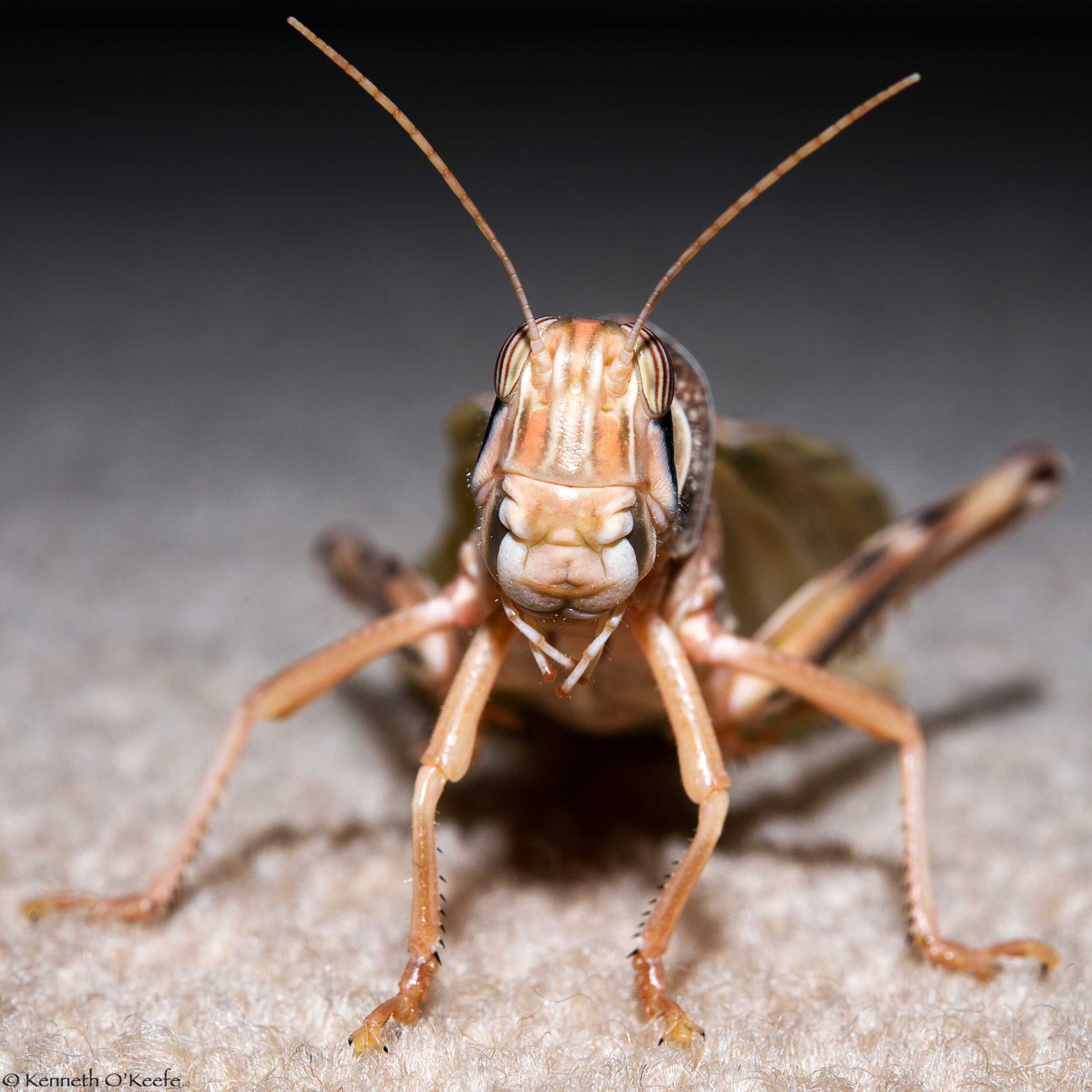Secondary and post-16 resources
Resources on this page: Careers resource, Key stage three work scheme, Hocus Pocus Locusts, How do you like your eggs in the morning? Eco Divo, Baboon social structures, Moths adaptations and predators, Feed the birds, The art of communication, Foraging behaviour in bumblebees, Investigating ant behaviour, Parental behaviour in burying beetles, Foraging behaviour in leaf cutting ants, Parental behaviour in nuthatches, Working with scientific literature, Animal Behaviour, Turn alternation in woodlice, The birds and the bees, Human fear of animals, Behaviour of north Atlantic gannets, Brine shrimp ecology, Stimulus response.
Dogs are brilliant: What we can learn from them and how they help us.
A recording of an online talk with Dr Juliane Kaminski, a scientist at the University of Portsmouth, where she is recognized as a leading expert on dog cognition. Also Joanna Jones talks about her life with Marshall and the difference he makes to her world.
Aileen and the red knots
Aileen Roncoroni is an Italian biologist working in the Netherlands. She tells us about her work with amazing birds, called red knots. She describes why studying them is important and how she ended up working with these animals. This resource is aimed at KS3 students. It covers careers, variation, adaptation, climate change and food chains.
Careers resource
A series of display cards for young people. A set of eight case studies, highlighting the careers of individuals who have chosen to complete an animal behaviour related degree. These posters are suitable for classroom and library display.
Key Stage Three WORK Scheme
Using animal behaviour, hamsters, maggots, barnacles, baboons, cuckoos and students, this work scheme aids the teaching of practical skills, data analysis, adaptation, habitats, learning, conditioning, natural selection, DNA profiling and field work.
pdf download
Barnacles powerpoint
Blowfy powerpoint
Hamster powerpoint
Hocus Pocus Locusts
An activity for GCSE pupils to illustrate the flow of energy through trophic levels using live locusts. This is a practical where students follow the change in mass of animals over time, and then compare it to the mass of food they are given.
Teacher notes
Powerpoint (Energy loss in food chains)
Powerpoint (Food chains & pyramids)
Handout (Locust respiratory rate)
Handout (Locust respiratory substrate)
HOW DO YOU LIKE YOUR EGGS IN THE MORNING?
Using cuckoo behaviour to investigate natural selection through role play.
This teaching resource provides an original approach to teaching natural selection, as well as providing opportunities for developing other key scientific skills such as experimental design and research
Developed by Sophie Rance and ASAB
Written for ASAB by Paul Weeks (Biology Teacher of the Year 2015).
Written for ASAB by Paul Weeks (Biology Teacher of the Year 2015). Image: Ken O’Keefe
Written for ASAB by Paul Weeks (Biology Teacher of the Year 2015). Image: Sue Whitehead
Eco-Divo
Eco-Divo is an educational card game you can play in two ways. Learn about ecosystems and biodiversity. Explore the fascinating natural history of organisms in the United Kingdom. Discover species interactions, human impacts and diversity while competing or collaborating in building a fascinating food web.
Created by Cedric Tan and his collaborators Ada Grabowska, David Pigot and Alison Poole, University of Oxford.
Created by: Cedric Tan, Ada Grabowska, David Pigot and Alison Poole
Who's your daddy? Baboon social structures
This lesson, which works best with KS4 students, gives a flavour of behavioural ecology in the context of African field work, using role play. Some students play the part of baboons, and others play biologists, studying the baboons in their "natural habitat".
How to avoid being eaten
In order to avoid predators, the caterpillars of some species of moths rest during the day by masquerading as twigs, well-camouflaged and keeping their bodies rigid and still. The aim of the investigation is to determine if caterpillars of the peppered moth show a preferred angle of rest.
Teacher notes (how to avoid being eaten)
Powerpoint (how to avoid being eaten)
Written by Michael Dockery and and Laurence Cook.
Moths, Adaptations, and Predators
This resource explores how the appearance and behaviour of moths suit their environment, and includes a student investigation of the effectiveness of moths resting against a background.
This resource also includes a focus on the genetics of the peppered moth story, and the behaviour section looks at the arms race between predators and prey.
Teacher notes (moths, adaptations, predators)
Powerpoint (moths, adaptations, predators)
Feed the birds
This resource allows students to recognise common birds and to carry out two investigations which involve the feeding behaviour of birds.
1. Observing garden birds to study the effect of the colour of food items on consumption.
2. Observing scavenger birds in the school playground to study inter- and intra-specific competition between birds.
Showing Off - the Art of Communication
These resources explore the use of camouflage, colour and toxins by both predators and prey. The first activity looks at the life cycle of ladybirds and their behaviour. Students also investigate whether the colour of food or prey has a stronger effect when clumped together and whether the bright colours and patterns on adders could be used as both camouflage and as a warning signal to predators.
Curriculum links include adaptation, food webs, taxis, interdependence, data analysis.
Foraging Behaviour in Bumblebees
This resources aims to enable students to identify the most common species of bumblebee; introduce students to methods for observing, recording and analysing bumblebee behaviour in natural environments; enhance students’ understanding of the process of conducting a scientific investigation; develop students’ awareness of the environmental importance of bumblebees in pollination; and encourage students’ appreciation of, and care for, the natural environment.
Investigating Ant Behaviour
This resource provides opportunities for students to follow instructions, design investigations, carry out, record and present data, use appropriate statistical tests, interpret secondary data, consider limitations to scientific evidence and ethical issues involved when using animals in investigations.
Parental Behaviour in Burying Beetles
This resource pack focuses on parental behaviour in burying beetles. Students record the frequency and duration of the amount of parental behaviour exhibited by a female beetle and incorporate their findings, with results from earlier research, to complete a data set. They then carry out graphical representation and statistical analysis before answering some follow-up questions to consolidate the learning experience.
Foraging behaviour in leaf-cutting ants
This resource is designed for students to collect data by observing film footage of the ants’ behaviour. Students analyse the data using the chi-square test and interpret the outcome in relation to their test statistic.
Parental behaviour in nuthatches
This resource pack focuses on parental behaviour in nuthatches, in particular the parent-chick interactions during feeding. The background notes on the bird provide details of its breeding biology, three interactive exercises for data analysis and a set of additional, differentiated, exercises related to aspects of nuthatch behaviour and based on secondary source material.
Working with Scientific Literature
This pack provides a stimulating way of learning about scientific journal articles and highlights the difference between ‘research’ and ‘review’ papers.
Summary of learning pack
Teacher's guide
Powerpoint
Living 'links' to Scottish curriculum
Summary of paper in Journal of Chemical Ecology
Journal of Chemical Ecology paper
Summary of paper in Naturwissenschaften
Naturwissenschaften paper
Animal Behaviour: Practical Work and Data Response Exercises
The aim of this resource is to encourage the use of more practical work on animal and human behaviour and to enable students to develop an understanding of some basic principles of animal behaviour, relevant to biology and psychology.
Turn alternation in woodlice
Explore how woodlice make decisions about which direction to walk. This investigation will demonstrate that after being forced to turn in one direction woodlice will turn in the opposite direction when freely allowed to do so.
Created by: Jerry Lea.
Human fear of animals
This resource is produced by The Manchester Museum for AS/A2 students of Psychology and is focused on human fears of animals. Specifically targets those of Edexcel and the Welsh Board as the Bennet-Levy and Marteau study (1984) is one of the key studies students need to be familiar with. Written by Michael Dockery.'
Behaviour of North Atlantic Gannets
The Scottish Seabird Centre in North Berwick has provided an opportunity to study the behaviour of gannets in their natural environment without disturbance to the colony. Web-cams relay live pictures to the centre, enabling first hand observations or video recordings to be made of the birds, and students can work without having to brave the elements!
From February to November a range of behaviour can be observed, from courtship, nesting and parental care, to preening and territorial behaviour making the gannet an ideal subject for bird studies.
Brine shrimp ecology
This comprehensive resource offers you information on how to set up your Brine Shrimp Bottle Ecosystem and how to look after it, student activity sheets for 13 practical activities, Teacher's notes for each practical activity, secondary data analysis exercises for extension work and homework ideas with answers and teacher's notes
Created by: Michael Dockery
Stimulus response
This video looks at reflex actions and learned behaviour using an engaging combination of animated diagrams and footage of real animal behaviour. The film shows how scientists can study animal behaviour using simple experiments with battery farm hens, and considers some of the ethical questions around the conditions farm animals are kept in.






















